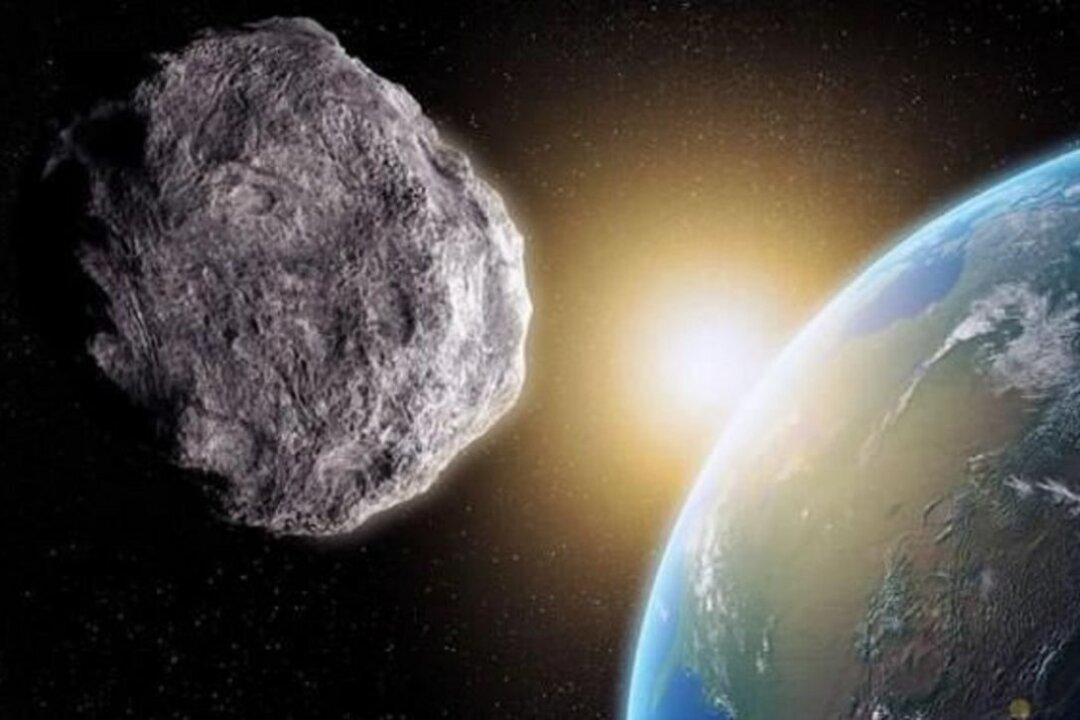Three huge asteroids will be approaching Earth from June 6, according to NASA’s Center for Near Earth Object Studies (CNEOS) which is tracking the asteroid’s trajectory.
The first of the large asteroids that will breach the Minimum Orbit Intersection Distance (MOID) of 0.05 AU (4.6 million miles) is asteroid 163348, also known as 2002 NN4. At between 820 to 1,870 feet in diameter, it is larger than the Empire State Building and around the length of a large sports stadium.





